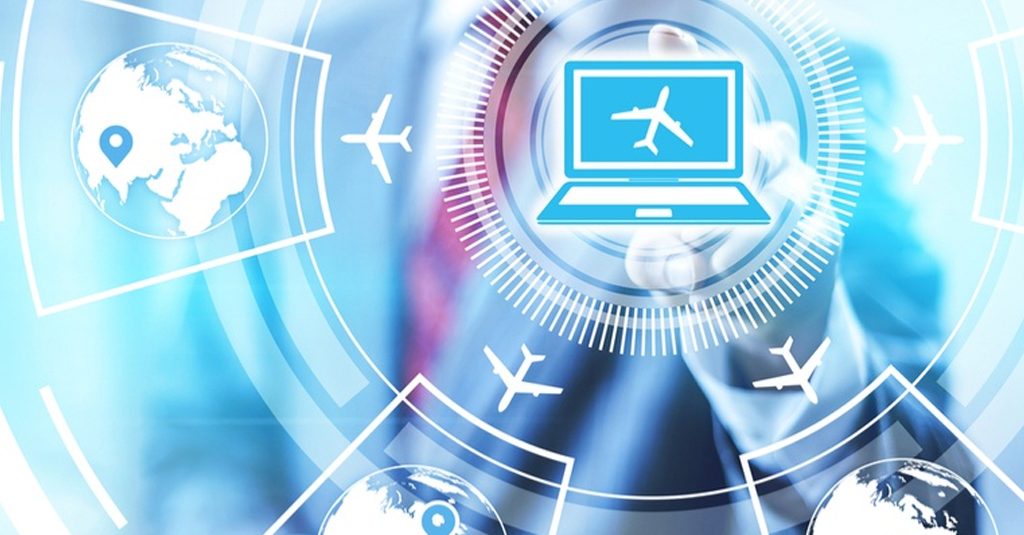With an evolution in the aviation industry, the scope of Augmented Reality (AR) technology has also increased. The successful adoption of Augmented Reality (AR) has come a long way in last few years, particularly as the global economy has grappled. From computers to personalized mobile devices, technology has greatly improved the way we communicate and engage. AR has reached a point where a modern organization can use it as an efficient tool to improve business processes, workflows, and employee workplace training. Technological innovations impact most of the industries, and aviation is no exception.
Delivering Innovative AR Solutions in The Aviation Industry
While most technologies are trickling down from healthcare applications to consumer markets, implementation of AR technology is also disrupting the training landscape of airline industry. The key utilization of AR-based solutions in this sector is its ability to overlay information at the moment of need. Some of the significant scenarios where AR plays a major role in training the aviation workforce include:
1. In the case of a pilot taking off or landing, AR technology overlays a corridor view to show the appropriate path. It is highly useful because landing and taking off are the riskiest parts of flying. As an aircraft gets closer to the ground, AR systems help to address emergencies, guiding pilots what needs to be done, mitigating the risks of takeoffs and landings.
2. When a pilot is getting ready to taxi the flight. The Head Mounted Display (AMD) based on AR technology creates a virtual checklist to help with pre-flight checks. Once the check is completed, the HMD depicts runway information and instructs the pilot towards their designated runway. The pilot can even receive alerts of other flights taking off, landing, or taxiing.
3. AR is helpful with the cruise phase of airlines. Relevant information including the weather update, flight plans, waypoints, artificial horizons, and terrain details can be demonstrated to increase awareness. The display can be tailored as per pilot’s preferences, and modes can be turned off or on, leading to more accuracy and safety in the entire process.
In the coming future, Internet of Things (IoT), automation and machine learning will play a key role in improving the accessibility of relevant information and collaboration between the workforce. When it comes to using AR in the aerospace, the potential benefits are countless. AR applications help pilots, crew, and other staff members to avoid costly mistakes and make the right decisions to save lives. It goes without saying that the improvements done for the operations and safety in this industry are worth your valuable time. In addition to aviation, there are plethora of benefits of this technology in other industry verticals such as military, healthcare, automobile, retail and more. Sooner or later, AR will become mainstream for modern organizations to completely transform the way workforce perform their jobs. Today, we have all entered a new era of technology and innovation. Modern learner seeks for an immersive experience, and AR is an ideal solution to engage and retain them.
Suggested Further Reading: Augmented Reality In Aviation: Changing The Face Of The Sector Through Training And Simulated Experience








